Floods are one of the most common and serious catastrophes in the United States. They are caused by a variety of factors, including a sudden accumulation of rain, rising rivers, tidal surges, ice jams, rapid snowmelt and dam failures. They can occur within minutes or hours of a heavy rainfall, and waters can rise as high as 30 feet or more. Even small streams and creeks can rise rapidly and cause damage.
Areas that are densely populated are at a higher risk than rural areas. Floods can move homes and cars, uproot trees and destroy bridges. Because they happen with little to no warning, residents in low-lying areas are particularly at risk. According to the American Red Cross, flash floods are the number one weather-related killer in the U.S. Almost half of all flash flood fatalities are vehicle related, according to the National Weather Service. If you’re driving and approach a water-covered road, turn around. Just six inches of water can stall a vehicle, and two feet can float most cars, trucks and SUVs.
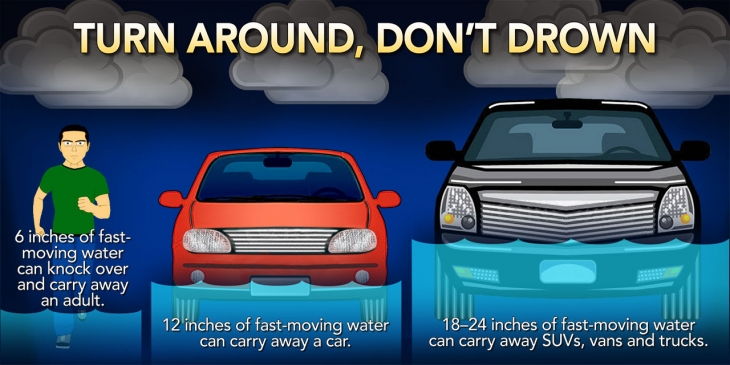
A flood can occur within minutes or hours of a heavy rainfall, and waters can rise as high as 30 feet or more. Are you prepared?
Failing to evacuate flooded areas or entering flood waters can lead to injury or death. Know your risk, protect your home, plan your supplies and evacuation route, and keep you and your loved ones safe.
Before a flood
- Understand the difference between a flood watch (start preparing) and a flood warning (occurring now).
- Learn about risks in your area. Check with your local government for recommendations.
- Make a plan for your household, including your pets, so that you and your family know what to do, where to go, and how to protect yourselves from flooding. Remember that some evacuation shelters do not accept pets.
- Build a “Go Kit” of the supplies you will need if you have to quickly evacuate your home. Don’t forget your rubber boots, sturdy shoes, waterproof gloves and insect repellent.
- Sign up for your community’s warning system – Emergency Alert System (EAS) and National Oceanic and Atmospheric Administration (NOAA) Weather Radio.
- Learn and practice evacuation routes, shelter plans and flash flood response.
- Purchase or renew a flood insurance policy. Homeowner’s policies do not cover flooding. It typically takes up to 30 days for a policy to go into effect, so the time to buy is well before a disaster. Get flood coverage under the National Flood Insurance Program (NFIP).
- Keep important documents in a waterproof container. Create password-protected digital copies.
- Protect your property. Move valuables to higher levels. Bring outdoor belongings, such as patio furniture, indoors. Declutter drains and gutters. Install check valves. Consider a sump pump with a battery. Turn off propane tanks to reduce the potential for fire.
- Listen to local area radio, NOAA radio or TV stations for the latest information and updates.
- Fill your car’s gas tank, in case you need to evacuate.
During a flood
While a flood warning is in effect, it is essential to follow your plan and not react impulsively. Remain in an elevated dry safe place for the entirety of the flood. If possible, do not attempt to walk or drive. If you must walk, make sure the water level is less than six inches and, if you must drive, make sure it is less than two feet. Follow these basic tips and be sure to wash yourself if you come into contact with flood water as it could be contaminated.
After flood
Once the flood has passed it is important to resolve any issues as quickly and efficiently as possible. Do not attempt to move or return home until the roads have been declared safe by the authorities. Continue to boil drinking water before consumption until the authorities declare it safe. Document and photograph any damage and contact your insurance provider.
More resources:
National Flood Insurance Program (NFIP)
Six Things to Know Before a Disaster (Video)
When the Cloud Forms (Video)
Your Homeowners Insurance Does Not Cover Flood
Safeguard Critical Documents and Valuables
Floods can come without warning; they can cause outages, disrupt transportation, damage buildings, create landslides, and harm you and your loved ones. It’s never too late to start preparing for the next disaster!
Topics in this story
More Stories
Disaster assistance information has been sent to thousands of Veterans who live in Hawaii.
VA’s Sunshine Healthcare Network took quick action in response to Hurricanes Fiona and Ian including contacting more than 10,000 vulnerable Veterans.
VA Video Connect, My HealtheVet, and other virtual tools can help you access VA care in case of a hurricane or natural disaster.

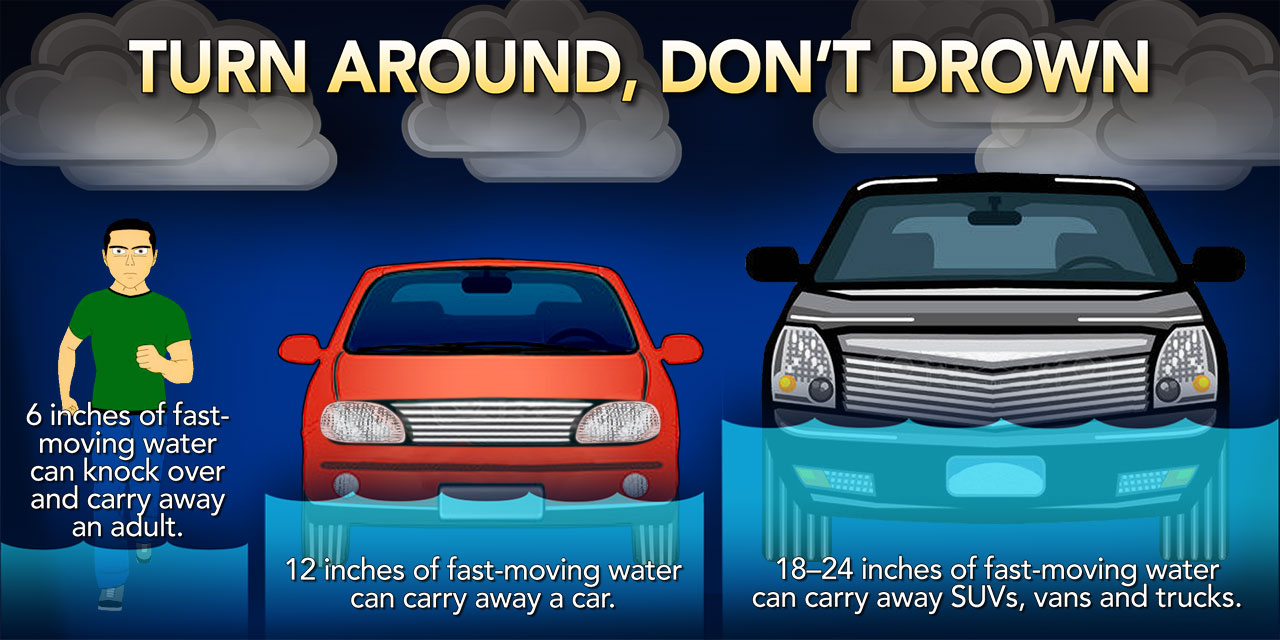
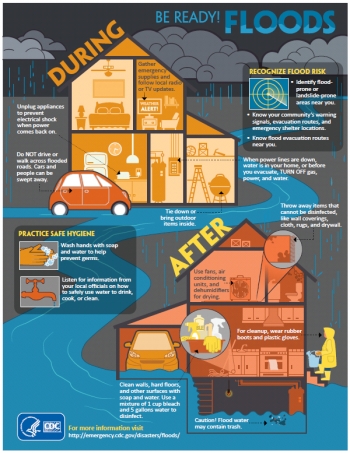
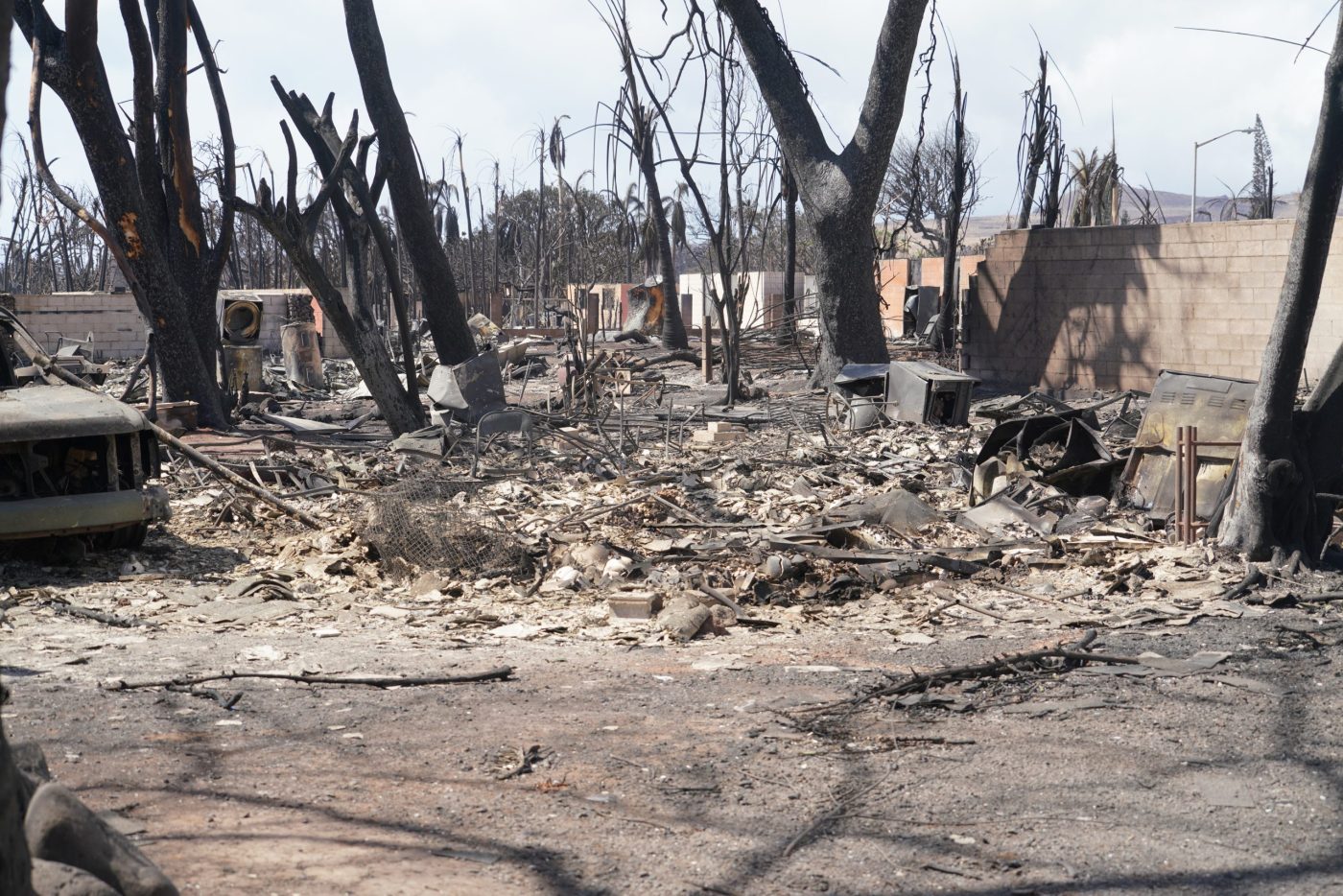
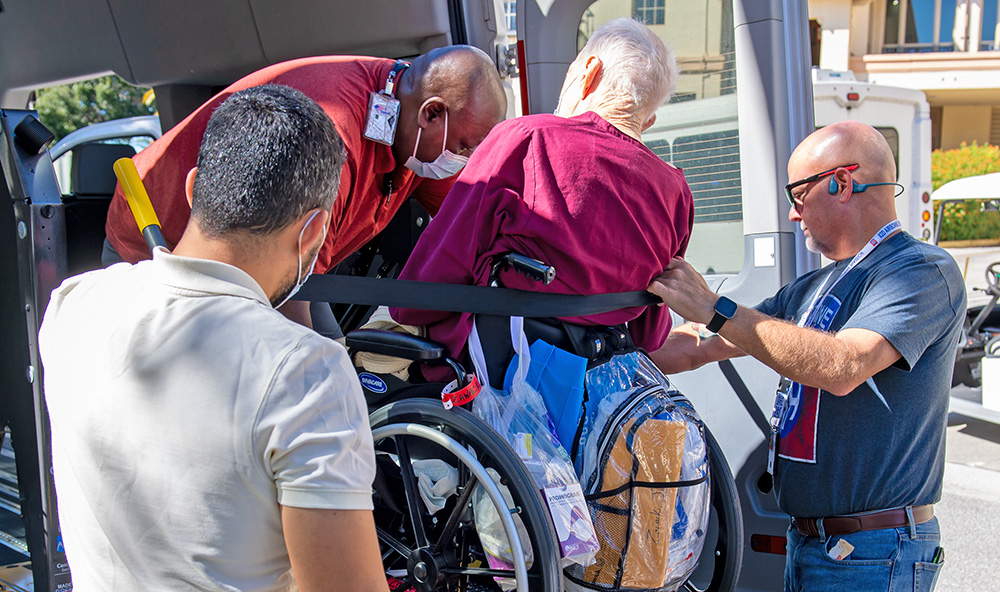



Why is someone at VA being paid to write this drivel? Is driving through rain a Veteran-specific issue that requires VA to educate Veterans? Whenever I hear about VA needing more funding, I laugh because this sad, pathetic story is the exact reason VA needs to get out of being the VA of everything and focus on Veteran-specific issues. This is about as dumb as telling a Veteran to wear gloves when operating power tools or to check the weather before going on a walk. It applies to everyone, and if you’re too dumb not to figure it out, Darwin and natural selection are wonderful things to thin out the gene pool.